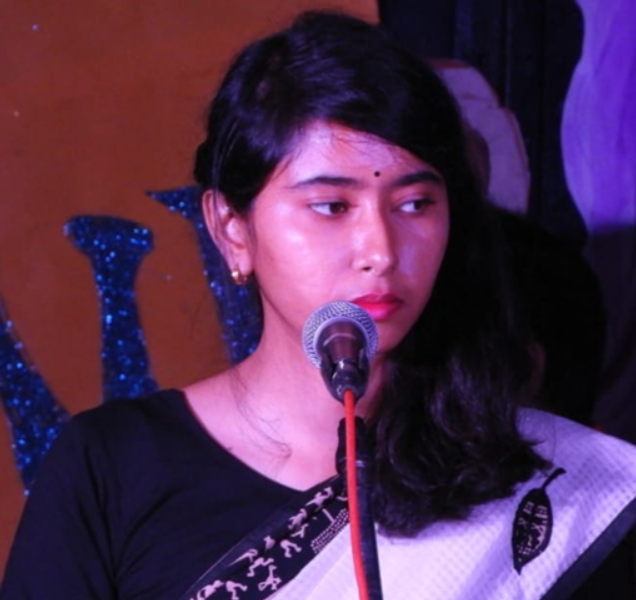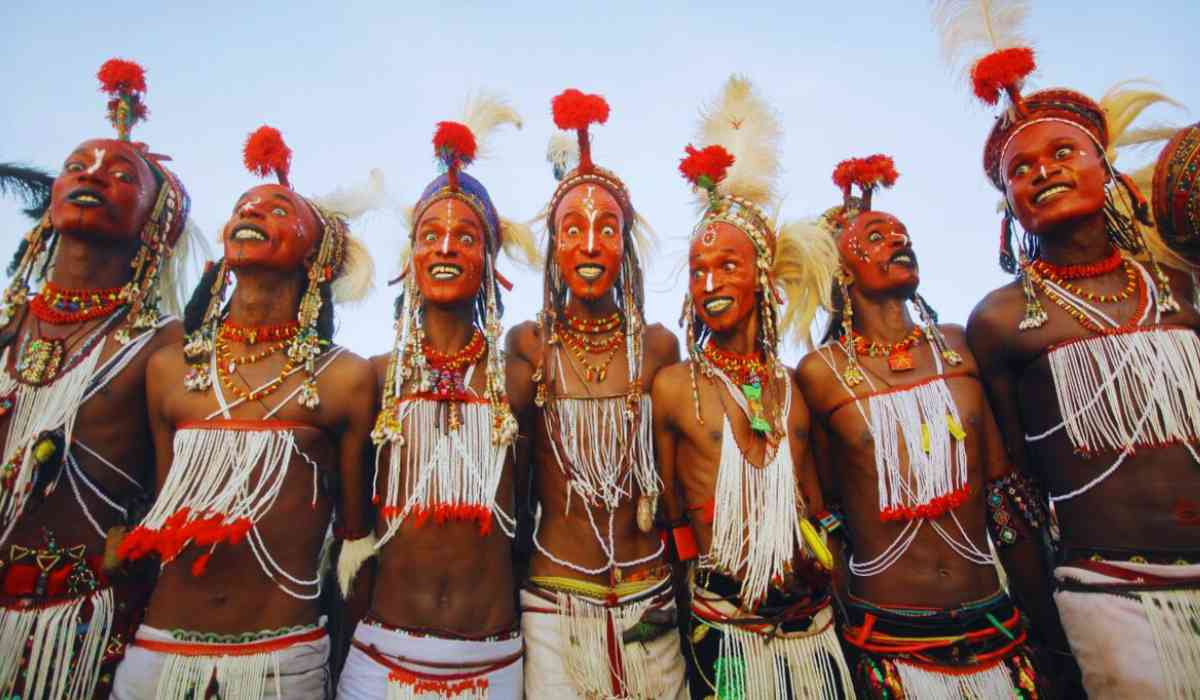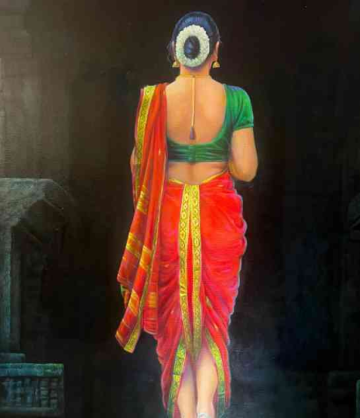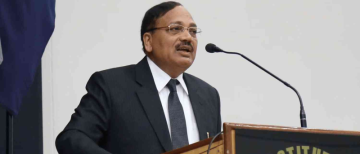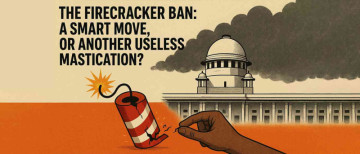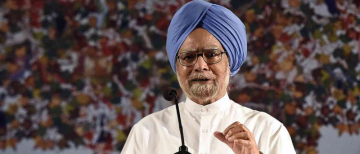Today, the word ‘tribe’ reminds us of orthodoxy, primitiveness, and backwardness. However, this was not the case in pre-colonial India, when the tribes lived in isolation. The progressive socio-cultural institutions of tribal groups could have given tough competition to modern-day ideologies.
Unfortunately, the glorified past met a tragic fate as it came close to mainstream society in the colonial era.
The Progressive Past of Indian Tribes
Progressive Marriage
Indian tribes give a lot of importance to consent. Neither a girl nor a boy is forced to marry someone out of societal or family pressure. This makes love marriage a common event.
Child marriage is a rare occurrence in tribal societies. On the other hand, a widow is allowed to remarry and she isn’t stigmatised for that.
Some examples of progressive marriages are:
Daapa Marriage: In this marriage, if a girl wishes to marry someone else after her marriage, she is free to do so. However, her partner is required to pay a sum called “Daapa,” and after that, they are recognized as married.
Lamsena Marriage: Lamsena means to make the groom “Ghar Jamai” (The son-in-law who lives at his wife’s place). They may face stigma in Indian society, but not in tribal culture.
Status of Women
In tribal societies, girls enjoy equal status as boys in almost everything. Women have a share in their ancestral property as well. In most of the families, women are the breadwinners and they work in the fields as the men do.
Women in the tribal community are highly liberated. Women do not observe purdah. There are no rules for women to eat after male members. Additionally, liquor consumption by girls is not taboo.
In tribal communities, women are taught not to be feminine. Girls are not stopped from talking to boys but encouraged to do so. Everyone including women takes part in the discussion and decision-making.
Bride Price/ Bride Service
The economic contribution of women in their parental homes was so high that the bride price was normalized in society, not dowry. The logic behind the bride price was that the groom’s family had to pay an amount to the bride's family for the loss of labour of the woman.
Poor grooms, who were not able to pay the bride price had to work and serve the bride’s family for a certain period of time. Tribes like Gond, Baiga, Ho, Naga etc. practice this.
Matrilineal tribes
The Khasis are one of the oldest matrilineal communities in the world. The involvement of Khasi men in warfare made them leave their homes and in their absence, the women took charge of private property as well as public spaces.
In this system, children born in the family take up their mother’s last name. The youngest daughter inherits ancestral property, and the husband usually lives at his wife’s home.
The Garo tribe of Meghalaya is another major matrilineal tribe.
Ghotul
Ghotul was a unique educational institution of tribal society. Its objective was to train youth for leadership, to educate them, to prepare them for community life and to imbibe moral values in them. Sex education and sexual training were other important objectives of this institution.
The best part is that in bisexual Ghotuls, boys and girls used to get along with each other. They used to live together and premarital sex was normalized among them.
Some examples of Ghotuls are: Gorung in Nagaland, Gitiora by Mundas, and Ghumkuriya in Orissa.
The Aftermath of Contact with Mainstream Society
In colonial India, the rampant exploitation of natural resources including forests made Indian tribes exposed to the outside world. With increasing contact, tribal communities slowly started to adopt the mainstream culture.
Role of Christian Missionaries
Western countries thought it their responsibility to civilise the rest of the world. The Christian missionaries made tribal communities feel ashamed of their own culture.
The sexual freedom of tribes was replaced by Victorian morality. As a result, tribal institutions like Ghotul came to an end. Marriage became a sacred institution and the rate of divorce started declining. Premarital sexual relations became a taboo and monogamy became a norm.
Role of Mainstream Indian Culture
In the post-colonial era, the approach to govern the tribes was a major bone of contention. Anthropologists including G.S Ghurey proposed assimilation theory and called the tribes ‘backward Hindus’. Even though the assimilation approach was not entertained, contact with the mainstream society led to some irreversible changes.
- Reducing the economic contribution of women in the society replaced bride price with dowry and eliminated the equal status of women to a large extent.
- The egalitarian social structure of tribal communities started moving forward towards a caste-based social hierarchy.
- Once self-sufficient communities started losing their land rights and ended up in debt and displacement.
The Present Condition
The essence of core tribal culture might be lost but it is still alive in bits and pieces across India. A big example of this is Ima Keithel or Mother’s Market which is run exclusively by at least 4,000 women in Imphal.
Another example is the Paliyar community of Kodaikanal Hills. Men and women share equal responsibility in raising children and taking care of household chores. There is no dowry, no consumerism.
Speaking of dowry, 2016 National Crime Records Bureau (NCRB) data shows that states with high Adivasi populations have the lowest occurrence of dowry deaths, especially states in the North East and Central India tribes like the Baigas.
Conclusion
In today’s world where issues like climate change, consumerism, and inequality are paralysing us, the sustainable lifestyle of tribals can be a viable solution. Despite numerous changes, tribal culture and society still stand more progressive than many parts of India. We just need to remove our biases and prejudices and understand their culture with open minds.
With inputs from agencies
Image Source: Multiple agencies
*The views expressed are personal to the author and do not reflect the platform's opinion of the same.
© Copyright 2024. All Rights Reserved Powered by Vygr Media.
